In This Issue
The opinions, beliefs and viewpoints expressed in this publication are those of the authors. They do not necessarily reflect the opinions, beliefs, viewpoints or official policies of Autism Society Alberta. |
|
|
The ABCs of Advocacy
Karla Power
Every year when school begins, my husband and I put on our advocate suits of armour. In a perfect world, we wouldn’t have to, but advocating for not one, but two children is not an easy task.
As parents, we are sometimes seen as angry or critical of the school system. In reality, we just want what is best for our children, and become weary and frustrated by having to advocate so much and so often.
As teachers, we understand how much pressure the schools are under. We realize that the needs of the students are greater than the resources available. This is a systemic problem that is far beyond what any school can manage. My husband and I have unique perspectives, both as educators and parents of special needs children. Sometimes it is difficult for us to explain our perspectives to anyone else. Unfortunately, this does not make us very popular. can manage. My husband and I have unique perspectives, both as educators and parents of special needs children. Sometimes it is difficult for us to explain our perspectives to anyone else. Unfortunately, this does not make us very popular.
But alas, I realized that being a strong and fierce advocate for my boys was not going to make me very popular a long time ago. So here is some food for thought on what it means to advocate. Let’s call it advocacy alphabet soup!
A is for advocate. Someone who stands up for a group of people and their rights. The fact that we even need to be advocates in 2022 is a harsh reality.
B is for belonging. We simply want our children to be treated well and feel like they belong.
C is for communication. When you have a child who cannot communicate, it is imperative that home and school find an effective and respectful way to communicate with each other.
D is for death. The thing we fear most, because once we are gone, our children must learn to advocate for themselves. Perhaps that is why our mama and papa bears come out in full force when they are young.
E is for empathy. All we sometimes want as advocates is empathy from others.
F is for fun. We may seem like the no-fun police at times, but we really can be a lot of fun if you get to know us and our kids.
G is for gestures. Although we know that things may not be able to change, we acknowledge every gesture that is made to make our lives and our kids' lives easier.
H is for hugs. We need lots of them! If you know an advocate, give them a hug today.
I is for inclusion. This is what we are striving for!
J is for joy. This is what we feel when our children meet big and little milestones.
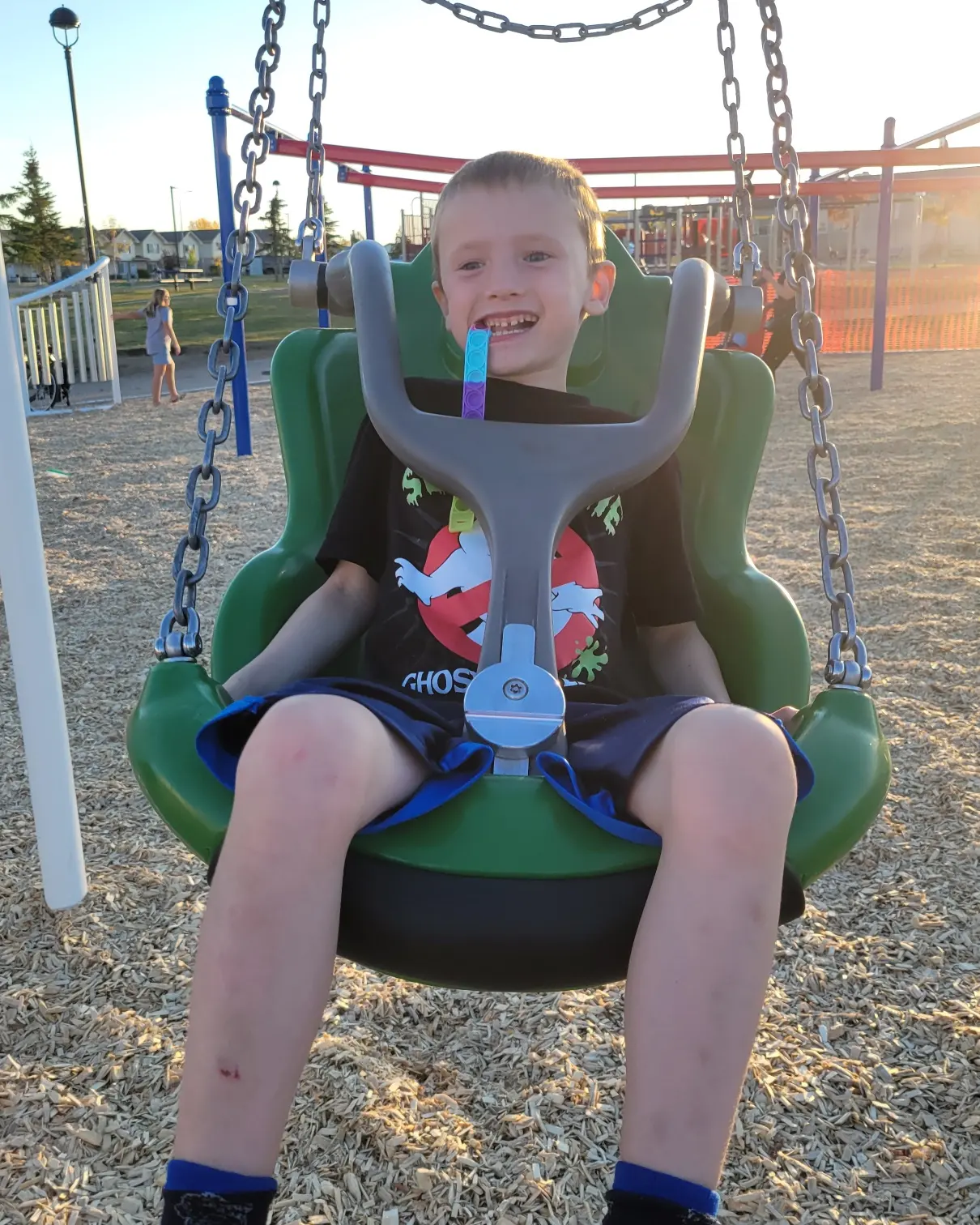
K is for kids. We are doing this for our kids. If you happen upon an advocate in the wild, don’t run away, and don’t try to make yourself appear bigger, as if you’ve met a bear. Talk to them about their kids.
L is for laughter. We all need laughter, especially advocates. Share a funny story about our child’s day with us.
M is for magic moments. We want to hear all about those special connections and moments that our kids have throughout their day. A picture or video also fills our hearts with joy.
N is for negative. Try to limit the negative things you share with us. We are well aware of our children’s behaviours, but we need to hear about what our kids are doing well too.
O is for openness. We all need to be open to working together and learning from one another.
P is for parents. We need to be part of the team, and even though we may wear two hats, we need to be considered as parents first.
Q is for quiet. Sometimes all we need is quiet. Our brains are always thinking about the next goal, appointment, or meeting, sometimes after very little sleep.
R is for rest. Some days feel like running a marathon, and we all need to take time to rest, relax and recharge.
S is for school. We believe that school is the best place for our kids. That’s why we send them. We also know that access to school is a right, not a privilege.
T is for teachers. It means the world to us when our children’s teachers show that they have made a connection with our children. Educational Assistants play a huge part in our child’s success, but the teachers are just as important.
U is for understanding. When working with our families, please seek first to understand before being understood.
V is for vulnerable. We care so deeply for our vulnerable children, because while many children will leave their parent’s homes to start a life of their own as young adults, we are painfully aware that our children may remain with us until we can no longer care for them.
W is for waiting. As advocates, we are told to wait a lot. Wait for a diagnosis, wait for funding, wait for services. If we seem impatient, it is because while we are waiting, our kids are not having their needs met.
X is for extraordinary. We live extraordinary lives because of our extraordinary children. We have experienced some very high highs and some very low lows because of this.
Y is for you. Advocacy is a tough job, but there are often things that you can do to make it easier on us. A smile, a hug, a compliment, a listening ear or a coffee can go a long way!
Z is for zebra. Just like how no zebra’s stripes are the same, no family’s needs are the same either. The best way to find out what we need is to just ask.
If you made it to the end of this list, then I hope you have found these advocacy ABCs helpful and informative. Please remember that we are all doing our best to advocate for our children.
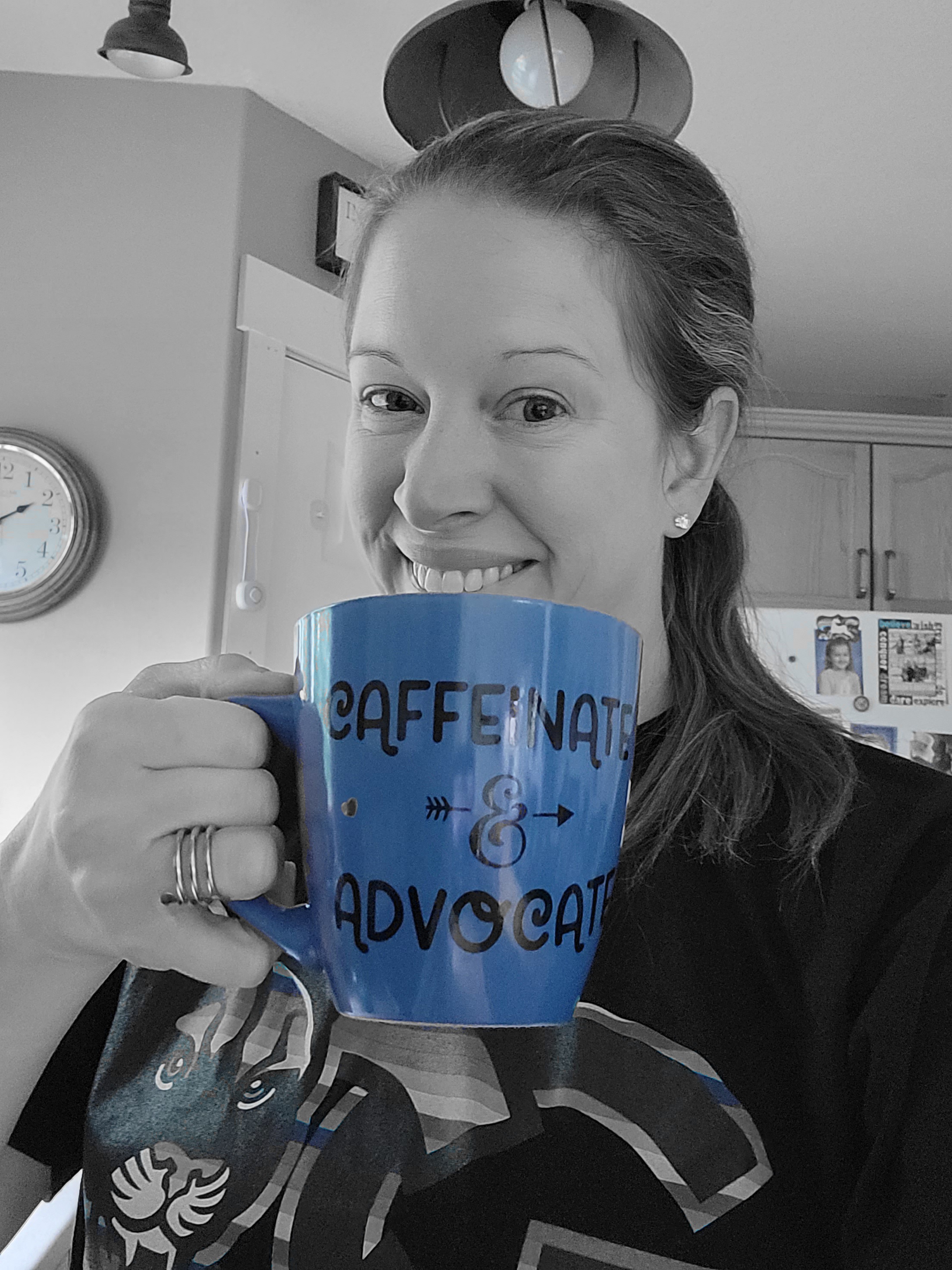
|
|
|
Autism Edmonton
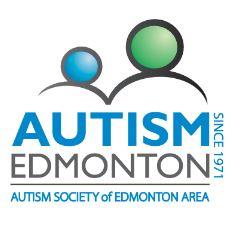
Autism Edmonton is Calling for Autistic & Neurodiverse Creators!
Autism Edmonton is excited to bring back its artisan market, and we want to provide our community with the space to sell their items! Our upcoming Holiday Market is being held on December 15th, 2022. Participation is FREE and you get to keep 100% of your sales! Interested in becoming a vendor? Fill out this form!

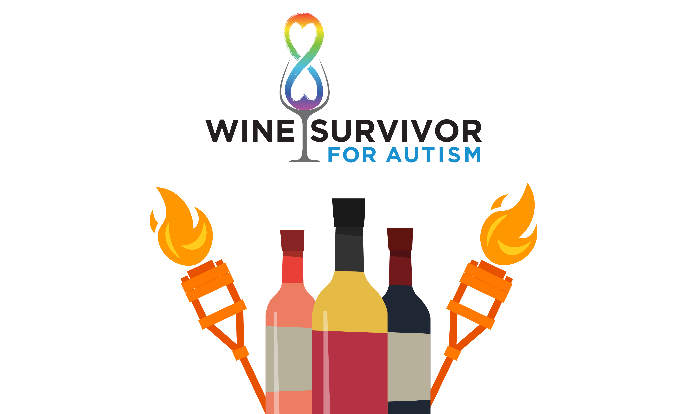
WILL YOU BE THE ULTIMATE SURVIVOR THIS YEAR?
Autism Edmonton’s Wine Survivor is back – ticket sales are from November 7th to December 2nd. Wine Survivor is cross-provincial this year! Live in Tofield or High Level? No problem! We will get you your winnings! Wine Survivor is a game of elimination, and the prize is a whole bunch of wine. You can participate as a team of 5 or individually. Draws begin on December 5th, so gather your team of luckiest mates, get creative with your team name, and join us as we journey to see who will be the ultimate Wine Survivor! For more info & to register your team, go here.
Glow Without Limits - Glow Edmonton Sensory Friendly Event!
The Glow Festival is having a sensory-friendly event on December 17th, 2022. Autistic individuals can attend for free, and their family and friends can attend at a reduced rate! Purchase your tickets directly through Glow YEG by clicking here!

Silent Santa comes back to Londonderry Mall!
Silent Santa is back! On November 27th, Mr. and Mrs. Claus will make their way to Londonderry Mall to greet children with sensory sensitivities in a safe, quiet, and non-judgmental environment. Silent Santa appointments are available on November 27, December 4, and December 11. Guests can book in increments of 5-10 minutes. Time slots can be booked by calling Guest Services at 780-476-1441.
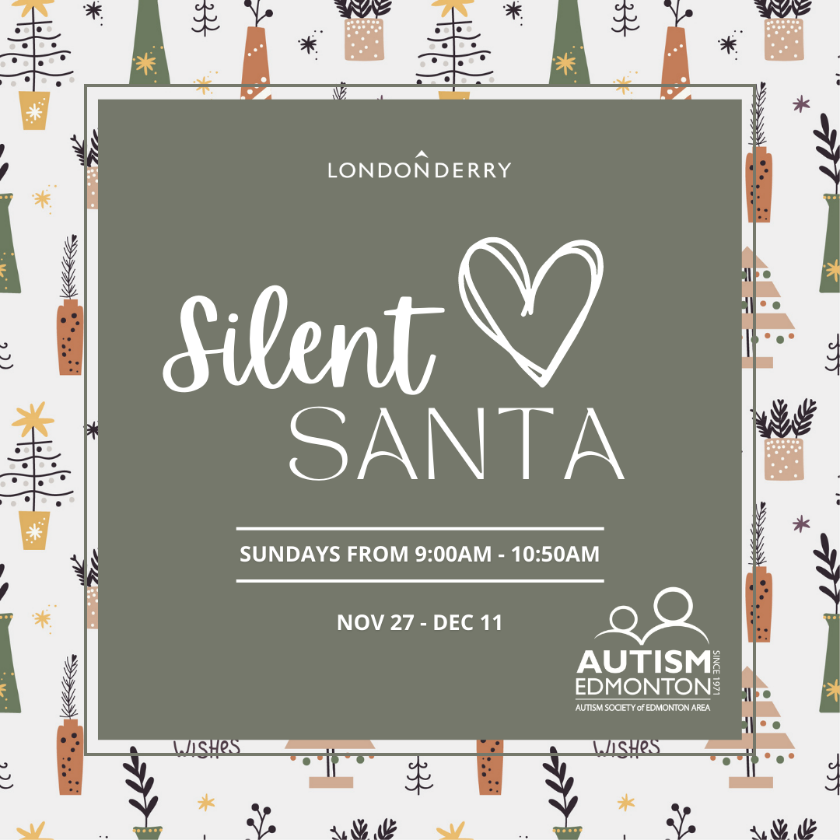
|
|
|
All My Stripes:
A Story for Children with Autism
Nicole Burnett
Autism is still a mystery to the world, and those with autism are often described by their differences, instead of their unique qualities or similarities to others. The focus on differences can often be pathologizing and discriminating. All My Stripes: A Story for Children with Autism, written by Shaina Rudolph and Danielle Royer, is an illustrated children’s book demonstrating some of the challenges children with autism face in social interactions. Zane the zebra has a visible “autism stripe,” making him feel different than the other zebras. Zane feels that all other kids see is his autism stripe, or that others only see his differences because of his autism. Zane describes several situations where he had difficult interactions with his peers because of these differences. Zane’s mother teaches him that his autism stripe is only one aspect of his identity.
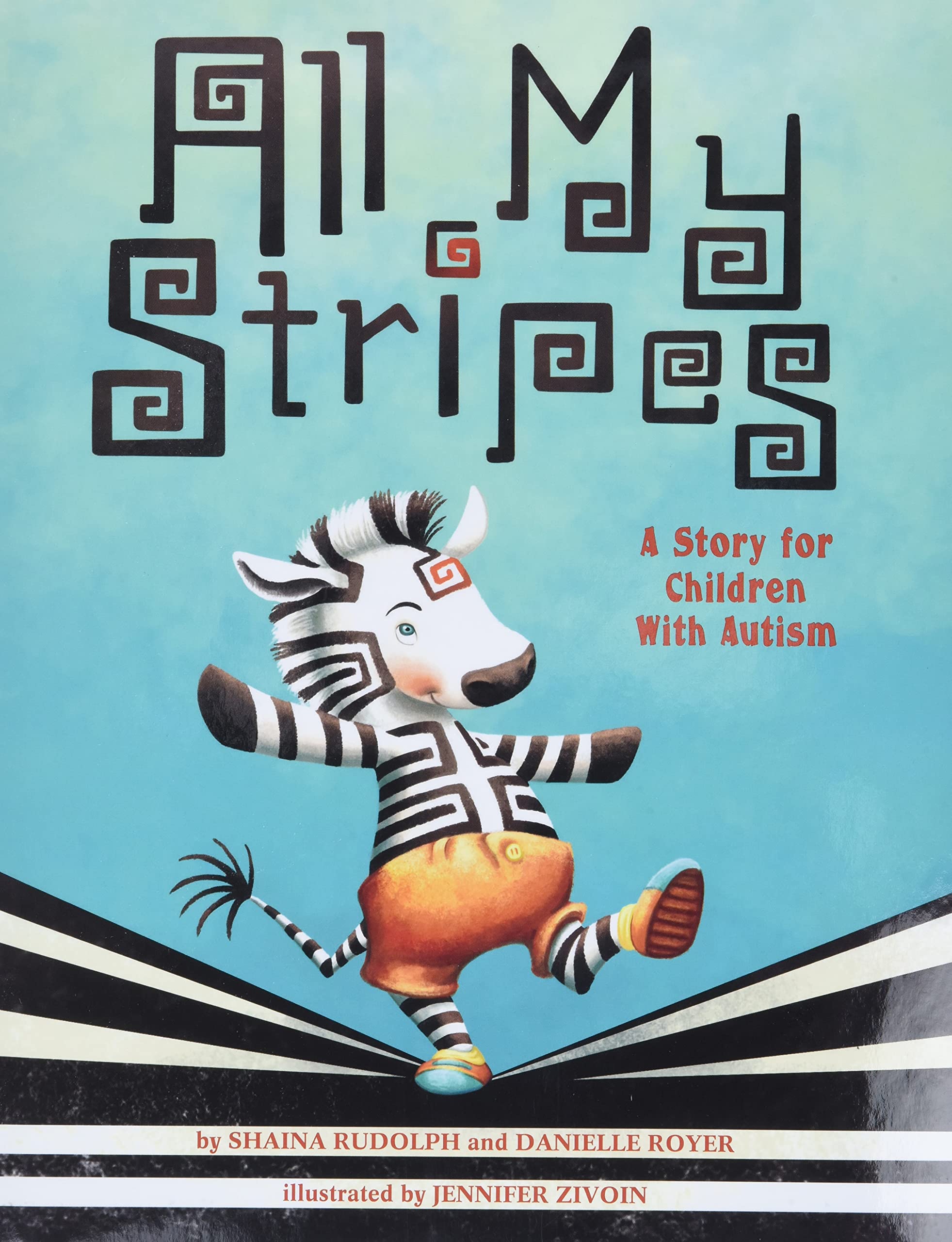
The story progresses through Zane’s “bad day”, depicting several situations in which Zane may behave differently than his peers, demonstrating some of the common symptoms of ASD. The authors specifically describe symptoms that are common among those on the autism spectrum, and consistent with diagnostic criteria. For example:
- Sensory processing challenges – Zane experiences sensitivity to loud noises, and responds by experiencing a meltdown, hiding under his desk, and covering his ears, instead of following his peers in a fire drill evacuation. Zane also demonstrated a tactile sensitivity to getting paint on his hooves. Sensory challenges can make it difficult for ASD kids to complete tasks or relate to peers who don’t understand these challenges.
- Socio-communicative challenges – Zane experiences difficulties relating to his peers. He tries to join in a conversation, but says “I don’t know how to start talking to them,” and has difficulty making eye contact. This exchange demonstrates the difficulties kids with ASD have in making friends or interacting with peers at school. Impairments in social communication and social interaction are the main symptoms that are common to an ASD diagnosis. Good social interaction requires good executive function (e.g., language, problem-solving, understanding gestures and body language, flexibility in thinking, etc.). Those with ASD struggle in this arena, and may require more practice to have positive social interactions.
- Concrete thinking styles – Zane hears his teacher say “whatever floats your boat”, and then spends the afternoon looking for an actual boat. Individuals with ASD have difficulty processing abstract language, so Zane’s misinterpretation of his teacher’s idiom demonstrates a common difficulty in processing language.
The authors of this book also depict, more subtly, a common experience of those with ASD because of this focus on differences; that is, bullying. Children with ASD experience bullying far too frequently because others do not understand these differences, making peer interactions stigmatizing. At the end of the story, Zane’s mother describes how his other stripes make Zane unique, and that his autism stripe only defines one aspect of his identity. Zane’s mother teaches an important lesson to us all; we all have qualities that make us unique, and we all have strengths and weaknesses. Our identity is not defined by one quality alone, but rather by the combination of all of our individual differences. The world needs to reframe how we see others, from focusing on differences to focusing on individual strengths and uniqueness instead.

All My Stripes is a great teaching tool for caregivers and teachers to introduce ASD, and to help other children understand the various challenges individuals on the spectrum face on a day-to-day basis. The book also includes a reading guide to highlight the topics discussed above, and how to take a strengths-based approach to understand ASD.
Dr. Nicole Burnett is a cognitive scientist and psychology professor at Medicine Hat College. She is also a director on the Autism Society Alberta board, and president of the Medicine Hat Autism Society.
|
|
|
Giving Tuesday
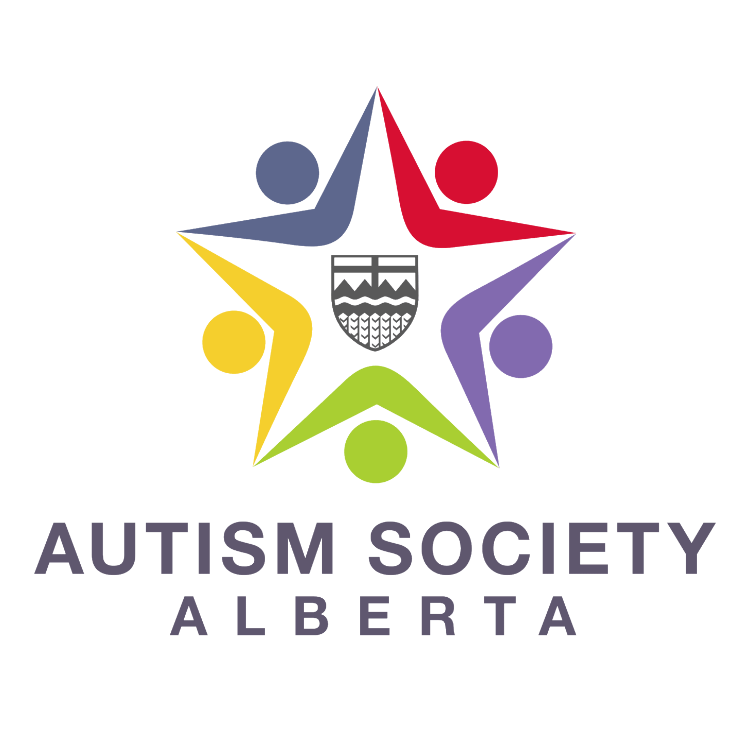
We're so excited to, once again, be taking part in Giving Tuesday. Find out more about this worldwide generosity movement here: https://www.givingtuesday.ca/
ASA works hard to support the autism community in many different ways. Perhaps we’ve supported you, your family, or your organization in one of the following ways:
- You’ve attended one of our many virtual training/informational presentations, which has given you new knowledge or insight for challenges at home or at your workplace.
- One of our Family Resource Coordinators has connected with you, giving you one-on-one support and important resources.
- You have found valuable information and resources on our website, including our toolkits and live calendar.
- One of our Facebook support groups has helped you to access peer-to-peer support, whether that be from other families, professionals or paraprofessionals, or autistic adults.
- You discovered that one of our virtual support groups can connect you to a new, supportive community.
Please consider helping us to continue our work for the autism community in our province!
Donate to Autism Society Alberta here: https://autismalberta.ca/donate

|
|
|
Sinneave Family Foundation

New Year, New Goal?
If finding a job is one of your New Year goals, now is the perfect time to discover EmploymentWorks, a proven program that offers job skills training and support by combining classroom training and hands-on job sampling experiences for autistic youth, adults, and people with disabilities.
We are currently recruiting for our January 2023 cohort, but why wait? EmploymentWorks is also offered online as a self-paced, eLearning program designed to offer flexibility and convenience for individuals who prefer to learn at their own pace and on their own schedule.
The highly engaging, 12-module eLearning experience is jam-packed with interactive features, tools and resources, and job sampling simulations. There are dedicated program staff available to provide support, as well as online drop-in sessions to connect with other learners, ask questions, deepen knowledge, and enhance understanding of the course content. All you need is access to technology (such as a computer, laptop, or tablet), and a reliable internet connection.
To learn more about each program and which learning style may be the right fit for you, visit our website where we have a short video introduction of the program.
If you’re in the Calgary area, apply now for our in-person cohort, starting January 11, 2023, by emailing info@employment-works.ca

|
|
|
Social-Emotional Learning and Autism
Maureen Bennie

From the Autism Awareness Centre Inc. Blog:
Social-emotional learning (SEL) is the process of developing and using social and emotional skills. SEL skills are necessary to understand and manage emotions, set goals, make decisions, cooperate, resolve conflicts, feel empathy for others, solve problems, and work on a team (just to name a few). Children start to learn these skills from the time they are babies, and continue to build them into adulthood.
There are 5 key areas that make up SEL skills. They are:
- Self-awareness – identifying emotions, recognizing strengths and needs, developing a growth mindset
- Self-management – managing emotions, controlling impulses, setting goals
- Social awareness – seeing things from other people’s perspectives, showing empathy, appreciating diversity
- Relationship skills – communication, cooperation, conflict resolution
- Responsible decision-making – thinking about the consequences of personal behaviour and how it affects oneself and others
Autistic people often struggle with recognizing and regulating emotions. This can  make having social awareness or making responsible decisions difficult to do. Autistic people may not be able to describe how they are feeling or express their feelings, but this doesn’t mean they don’t feel things. This difficulty identifying feelings – or more specifically identifying and describing one’s emotions – is called alexithymia. Interoception, the 8th sense, is the underlying neurobiological cause or foundation of this experience of alexithymia. make having social awareness or making responsible decisions difficult to do. Autistic people may not be able to describe how they are feeling or express their feelings, but this doesn’t mean they don’t feel things. This difficulty identifying feelings – or more specifically identifying and describing one’s emotions – is called alexithymia. Interoception, the 8th sense, is the underlying neurobiological cause or foundation of this experience of alexithymia.
The first step in developing SEL skills starts with developing interoceptive awareness, but how do we do that?
Developing Interoceptive Awareness
Developing interoceptive awareness starts with tuning in to the body and the signals it sends as interoceptive awareness comes from our internal organs and skin. There are 5 stages to teaching interoceptive awareness, which are:
- Noticing – The person needs to notice that the sensation is happening. They may not know what it means or what the word is for it, but they have noticed that something has happened; something is different. Ex. sweaty palms, rapid breathing, growly stomach
- Naming – The person learns how to describe what they’ve noticed. This includes naming the sensation and where it is happening. Ex. “My chest is rising and breathing is becoming harder.”
- Linking Feelings – The person attaches a feeling to the interoceptive sensation. Sometimes there may not be a specific feeling. Ex. The rising chest and harder breathing may mean anxiety.
- Understanding the Impact – This will require thinking, planning, and reflecting. It may be helpful to keep a journal to understand the impact of actions. For example, if a person is tired and they don’t go to bed, they may get a headache or get upset more easily.
- Managing – This is about taking action to address the need and understanding what makes the body feel good or comfortable. Ex. The rising chest and difficulty breathing signals anxiety. Engaging in some exercise such as walking or jumping on a mini trampoline may help reduce those feelings.
Find interoceptive activities to create body awareness that focuses on creating and noticing a change in some aspect of one’s internal self, such as the muscular system, breathing, temperature, pulse, or touch.

Occupation therapist Kelly Mahler is doing excellent work in the area of interoception and self-regulation. Here are some of her informal strategies for caregivers and support staff to teach the initial stages of noticing and naming.
Body Talk – Label the way your body feels during activities. Ex. I am sweating because I am hot after running. My stomach is no longer growling after I ate that sandwich.
Build Body Curiosity – Teach the person to notice how their body feels during activities. Ex. How does this make your head feel? Your hands? Your legs?
Teach that Body Signals are Clues to Emotions – Ex. You can’t sit still and feel jumpy – you may be worried about something. You have no appetite and your palms are sweaty – you might be anxious.
Using a Body Check Chart
The body check chart is an outline of a person’s body. You can make a body check chart by lying down on a long piece of paper and having someone draw the outline of the body. Now you have the outline of a person’s own body, which can be used for interoception activities.
There are some good body awareness activities that can be used in relation to the body check chart (from Raising an Extraordinary Person):
- Point to different body parts on a child’s chart and have them wiggle that body part on their actual body. This shows you that the child understands their chart and how it is connected to their body.
- Play a game of Simon Says using the chart. Use actions like clenching your fists, breathing really hard, touching your heart, etc. Ask them to point to the body parts on the chart they used for each action.
- Turn their chart into a self-portrait, getting them to draw all of their body parts on their chart so it’s not just an outline. If they can spell, they may label the parts as well. If not, pictures are fine.
- Point to a body part on their body check chart and ask them how it feels right now. For example, eyes could be itchy, sleepy, awake, dry, watery, etc.
These ideas will increase a person’s understanding of their body and the signals it sends to them. This is the foundation to being able to interpret those internal signals, and then know what to do in order to be more comfortable and content. Building interoceptive awareness will support the development of better emotional regulation and coping strategies. A regulated person will be less stressed and anxious.
Putting SEL Strategies into Everyday Activities
While developing and building those interoceptive skills, we can also practice SEL skills during everyday activities. SLP Elizabeth Sautter does superb work in this area. Her website, Make Social Emotional Learning Stick, has lots of great ideas on how to incorporate SEL learning into everyday routines and activities. Here are some of Elizabeth’s SEL infusion strategies:
- Teachable Moments – These are natural opportunities for insight, practice, and participation. Life is full of these moments. My autistic daughter and I do a number of activities throughout the week such as bake, playing board or Wii games to teach being a good sport, and watching movies that we freeze and talk about the action or character motivation.
- Modeling – We can be role models during play and teachable moments. I point out my mistakes to my children all the time, and show them how I can
 make things better. make things better.
- Social Priming – This is going through what will happen in a social situation before it happens. Who will be there? Where are we going? How long will it last? What am I supposed to do when I am there? Go through the hidden curriculum, too. I did this in June before taking my children to their first baby shower. We went through everything that was going to happen, because this was a little bit different than going to a birthday party.
- Social Debriefing – Talk about what happened afterward. I usually do this in the car once we leave the activity while it’s fresh in everyone’s minds.
- Prompting – Giving support, cues, or assistance. This could be done through the use of visual supports, Social Stories, verbal prompts, or social narratives.
If you want more ideas on how to put SEL strategies into everyday life, have a look at Elizabeth Sautter’s book on this subject: Make Social Emotional Learning Stick.
Teaching social-emotional learning is a process that begins with recognizing and understanding emotions within one’s self. By starting with interoceptive awareness, you’ll create the foundation on which to foster those 5 key areas that make up SEL skills. This is a long, ongoing process, but the journey can be both fun and interesting as we learn more about ourselves and how we feel.
|
|
|
Centre for Autism Services Alberta
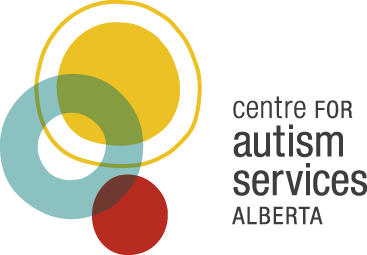
Warm Winter Greetings from the
Centre for Autism Services Alberta!
Winter 2023 programs are HERE! Registration is open to the public for our community programs. Art programs, athletic programs for children, teens, and young adults, social nights for teens and adults, Shop Cook & Learn for teens – the list goes on! We’ve got something for everyone, so check our website and find the perfect program today.
Thinking about getting a job? EmploymentWorks offers employment readiness training, job sampling, and work experience opportunities for individuals with a disability, including but not limited to autism. Participants must be motivated to seek employment. There are two phases to the program – a 60-hour phase of classes which includes the opportunity to try different jobs, and a second phase made up of active engagement in the labour force supported by employment coaches and our job club. Enrollment is ongoing and the program is available to ages 15-64. To inquire and to register, send us an email at EmploymentWorks. Start your job search today!
PEERS for Teens and PEERS for Young Adults are recruiting participants on an ongoing basis for upcoming sessions. Program for the Education and Enrichment of Relational Skills (PEERS) is a world-renowned, evidence-based social skills program for teens and young adults with autism, aged 13 to 17, and ages 18-29. Participants and their parents, social coaches, or guardians meet weekly for 14 weeks (16 weeks for young adults). The skills taught in the PEERS program can help pave the way for creating healthy friendships and relationships, as well as securing meaningful employment. And now with options for in-person (Edmonton) and digital delivery methods, this sought-after program is available Alberta-wide. Click here to learn more about PEERS for Teens. Click here to learn more about PEERS for Young Adults. To apply for PEERS, email us at teenandadult@centreforautismab.ca
Now accepting applications for Facing Your Fears for 2023. This program is for ages 8-14 and is designed for children on the autism spectrum who are having difficulties managing their anxiety. A well-developed caregiver education component is part of the program, allowing strategies learned in groups to be implemented at home. Not in Edmonton? No problem! Facing Your Fears runs virtual AND in-person cohorts. This 13-week program consists of 90-minute sessions, once per week. It focuses on helping children and their caregivers identify worries, develop coping strategies, and practice managing anxiety with guidance from program facilitators. Caregiver participation is required. It is delivered by a registered psychologist and an occupational therapist. Funding may be provided by FSCD.
For more information and to apply, please contact Anne Beattie at 780-488-6600 ext. 314, or by email at abeattie@centreforautismab.ca
|
|
|
Children's Autism Services of Edmonton

Don’t miss our upcoming Autism Conference!
For more information and to register
please call 780-495-9235 or visit www.caseconf.ca

|
|
|
Meet ASA's RDSP Coordinator

My name is Stephen Sicoli. I am happy to be a part of the Family Resource Centre Team as the RDSP coordinator for Alberta. I live in the rural community of Westlock County, and share the home with my lovely fiancée Miranda, two dogs, and a handful of chickens. I grew up in a "big" family with two sisters and three brothers, two of whom are neurodiverse. My older brother Jonathan has autism while my younger brother Alex has learning disabilities. They are currently living together in Edmonton, where Jonny works as a delivery driver and Alex enjoys cooking. I have previously worked in hospitality, finance, and retail with education in public speaking, auctioneering, and gemology, as well as the aforementioned fields. I have also spent some time with other non-profit groups in the area of disability awareness and education. My hobbies include foraging, gardening, hunting, cooking, and doing things around the farm. I look forward to providing value, coupled with some great education, to the fantastic and compassionate people in this community.
You can contact me at stephens@autismalberta.ca.
|
|
|
|
|